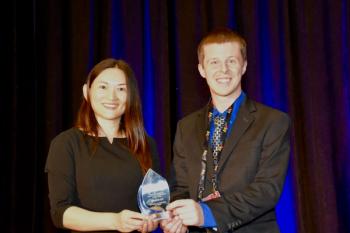
Detecting Pesticides on Produce with Spectroscopy
Researchers at the Swiss Federal Institute of Technology in Zurich have developed a new QTOF method for detecting pesticides on produce.
Researchers at the Swiss Federal Institute of Technology in Zurich have developed a new method for detecting pesticides on produce. The new method uses plasma to collect molecules from the surface of fruits or vegetables and push them into a quadrupole time-of-flight (QTOF) mass spectrometer for analysis.
This new method uses an atmospheric pressure glow-discharge (APGD) source developed by members of the research team to generate the plasma. By eliminating the time-intensive step of extracting physical samples from the produce for analysis, this method makes the detection process considerably faster than traditional detection methods.
According to the scientists, however, the process is still in the early stages of development. The system can detect the presence of pesticides on the produce, but it cannot determine the amount of those chemicals present. Future applications for the method include detection of explosives or drugs on surfaces, inspection of meat for spoilage or harmful bacteria, and detection of doping and other banned substances in athletes.
Newsletter
Get essential updates on the latest spectroscopy technologies, regulatory standards, and best practices—subscribe today to Spectroscopy.




